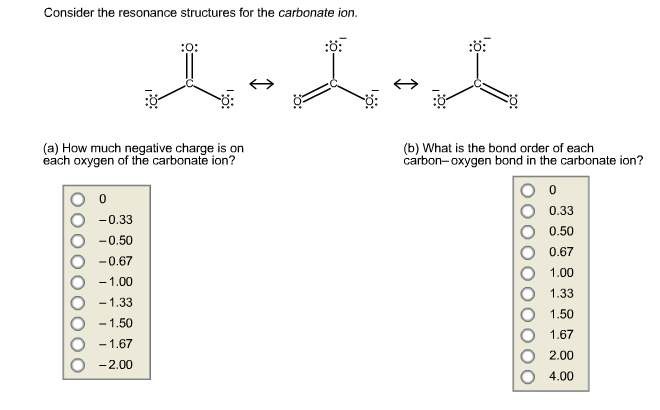

national weighted average CO 2 marginal emission rate to convert reductions of kilowatt-hours into avoided units of carbon dioxide emissions. The Greenhouse Gas Equivalencies Calculator uses the AVoided Emissions and geneRation Tool (AVERT) U.S. These are calculated using GWPs from the Intergovernmental Panel on Climate Change’s Fourth Assessment Report. Go to the equivalencies calculator page for more information.Ī note on global warming potentials (GWPs): Some of the equivalencies in the calculator are reported as CO 2 equivalents (CO 2E). This page describes the calculations used to convert greenhouse gas emission numbers into different types of equivalent units. More information about the competition can be found on BETO’s website. This FOA follows the recent announcement of the new AlgaePrize competition from BETO, a competition that encourages students to pursue innovative ideas for the development, design, and invention of technologies within the commercial algae value chain.
CHARGE OF CARBON DIOXIDE FULL
To learn more, view the full FOA on Exchange. Applications for this FOA are due by May 27, 2022, at 5:00 p.m.

Biofuels and bioproducts made from algae such as plastics, foams, and chemicals can be direct replacements for so many different everyday products from flip flops to water bottles.Ĭoncept papers for this FOA are due by March 18, 2022, at 5:00 p.m. Algae can grow on waste CO 2, functioning as a carbon sink, and that algae biomass can then be used to create low or no-emissions biofuels and bioproducts which displace GHGs. The carbon footprint of plastics alone, 2.2 billion tons of CO 2 equivalent in 2015, shows the need for carbon neutral replacements. These technologies will work towards achieving the Biden Administration’s goal of net-zero carbon emissions by 2050.Ĭreating conventional petroleum-derived products requires a lot of energy and emissions. The FOA combines the complementary objectives in algal research of both funding offices ( EERE and FECM ) to further the government-wide approach to the climate crisis by driving the innovation that can lead to the deployment of clean energy technologies by utilizing waste CO 2. Topic Area 2: Algae-based technology to utilize anthropogenic CO 2 from utility and industrial sources.Topic Area 1: Carbon utilization efficiency from biomass- or atmospheric-based sources of CO 2.“Algae technology provides not only an exceptional carbon sink, but a versatile material product which offers solutions to sustainability challenges from fuel to plastics.” “This funding opportunity is a great example of the Department’s offices working together on a holistic approach to GHG management and reduction,” said Kelly Speakes-Backman, Principal Deputy Assistant Secretary for EERE. Additionally, this FOA will contribute to BETO’s goal of producing at least 3 billion gallons of sustainable aviation fuels by 2030. The deployment of algal technologies in these projects will help lower algal system cost, while decreasing GHG emissions. Capturing this waste carbon then allows for algae to be cultivated into a variety of biofuels and bioproducts. The funding opportunity announcement (FOA), entitled “Carbon Utilization Technology: Improving Efficient Systems for Algae,” specifically aims to increase the capability of algal systems to capture carbon dioxide (CO 2) and put it to productive use. Department of Energy’s Bioenergy Technologies Office (BETO) in the Office of Energy Efficiency and Renewable Energy (EERE) and the Office of Fossil Energy and Carbon Management’s (FECM's) Carbon Utilization Program announced up to $19 million in federal funding for the advancement of technologies that utilize waste carbon to reduce greenhouse gas (GHG) emissions and produce reliable feedstocks for biotechnologies.


 0 kommentar(er)
0 kommentar(er)
